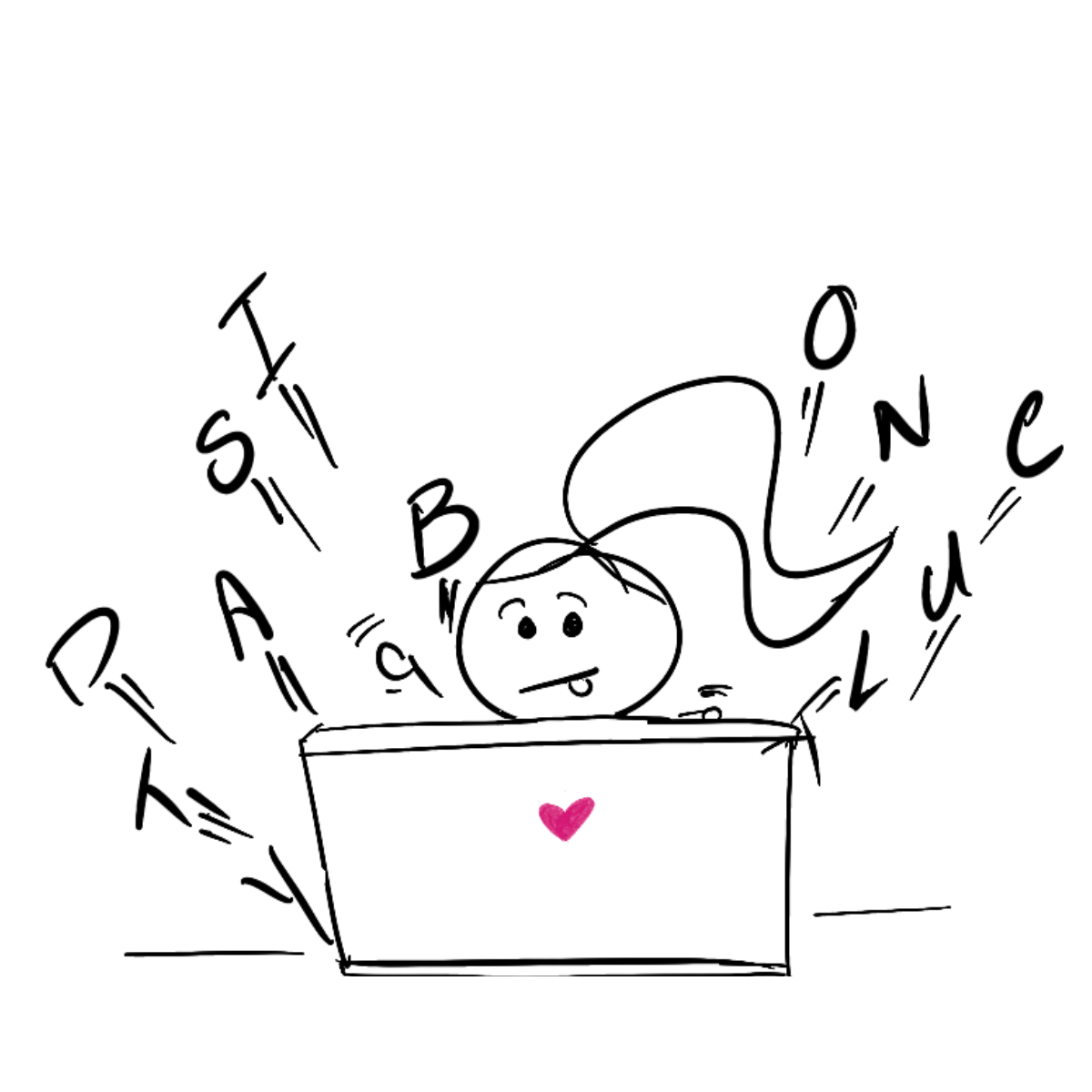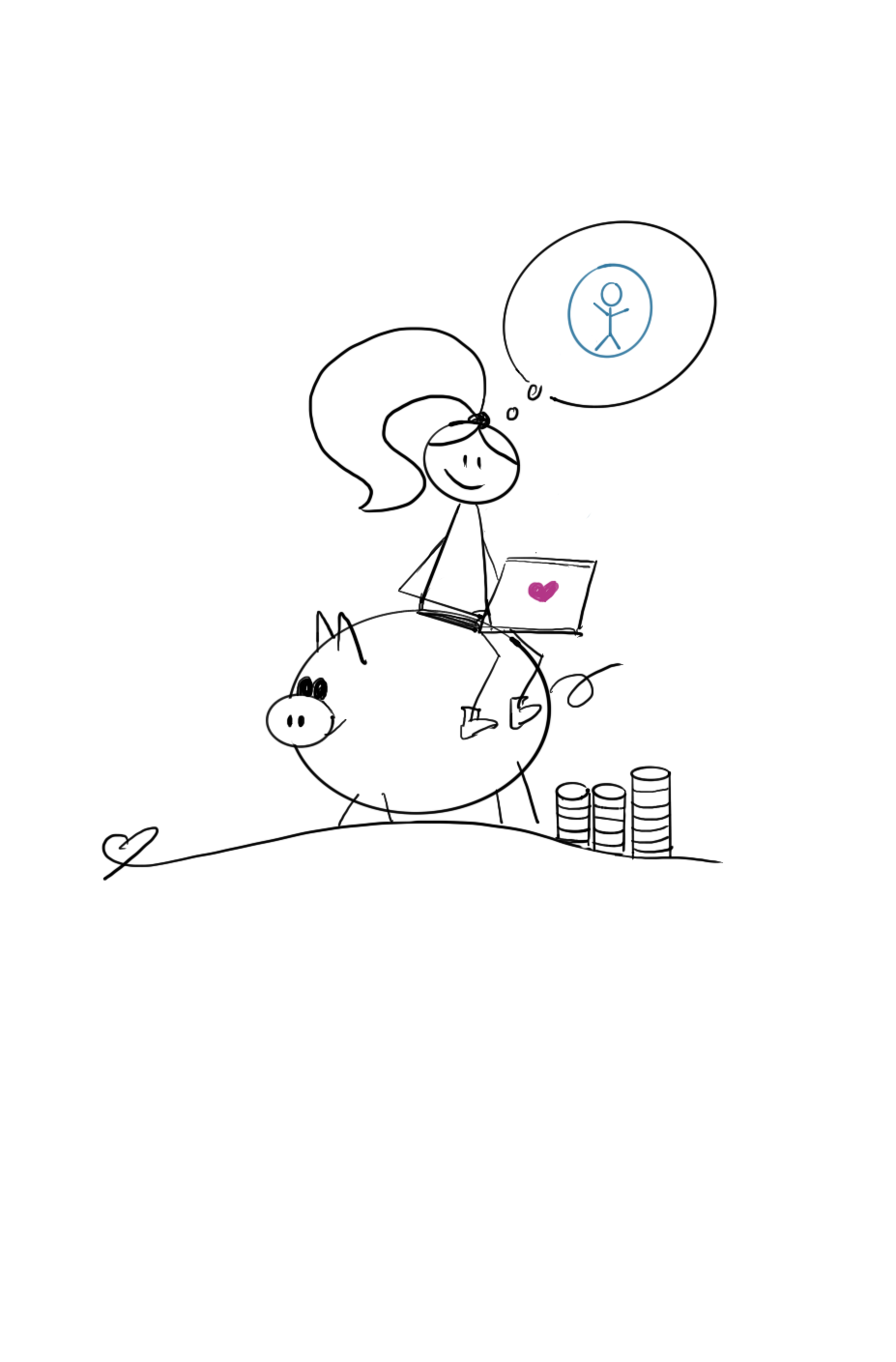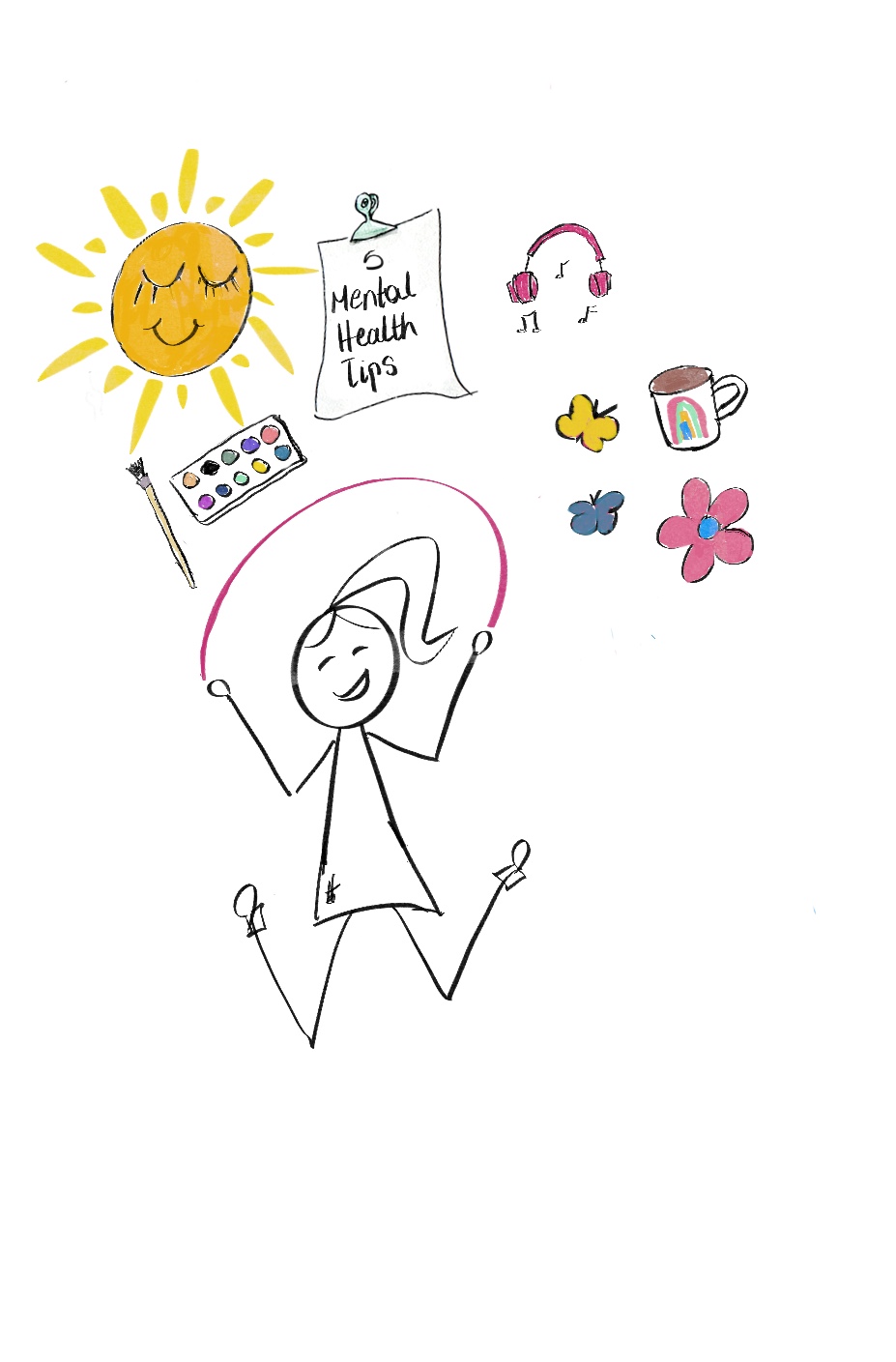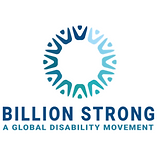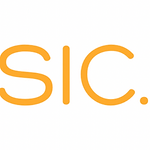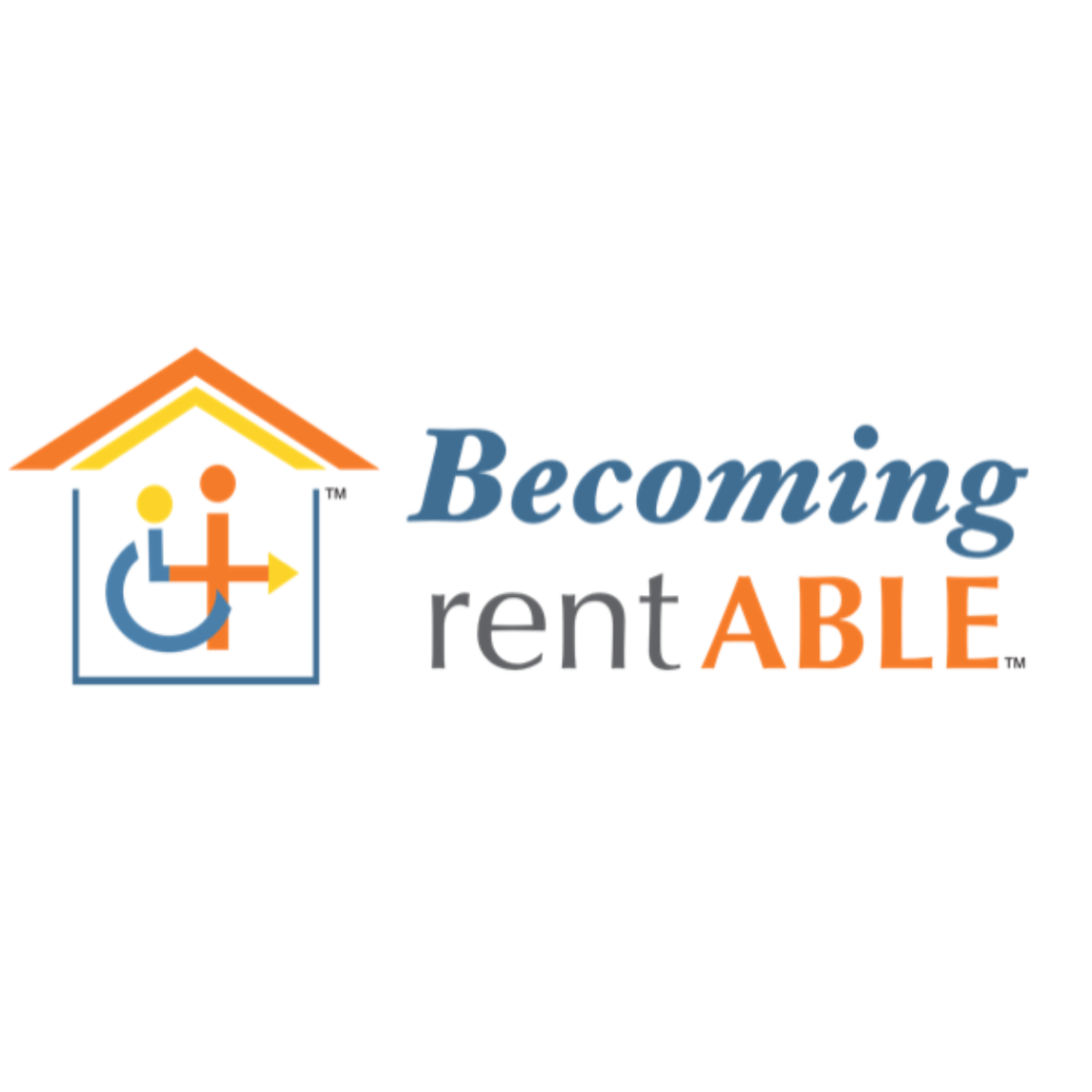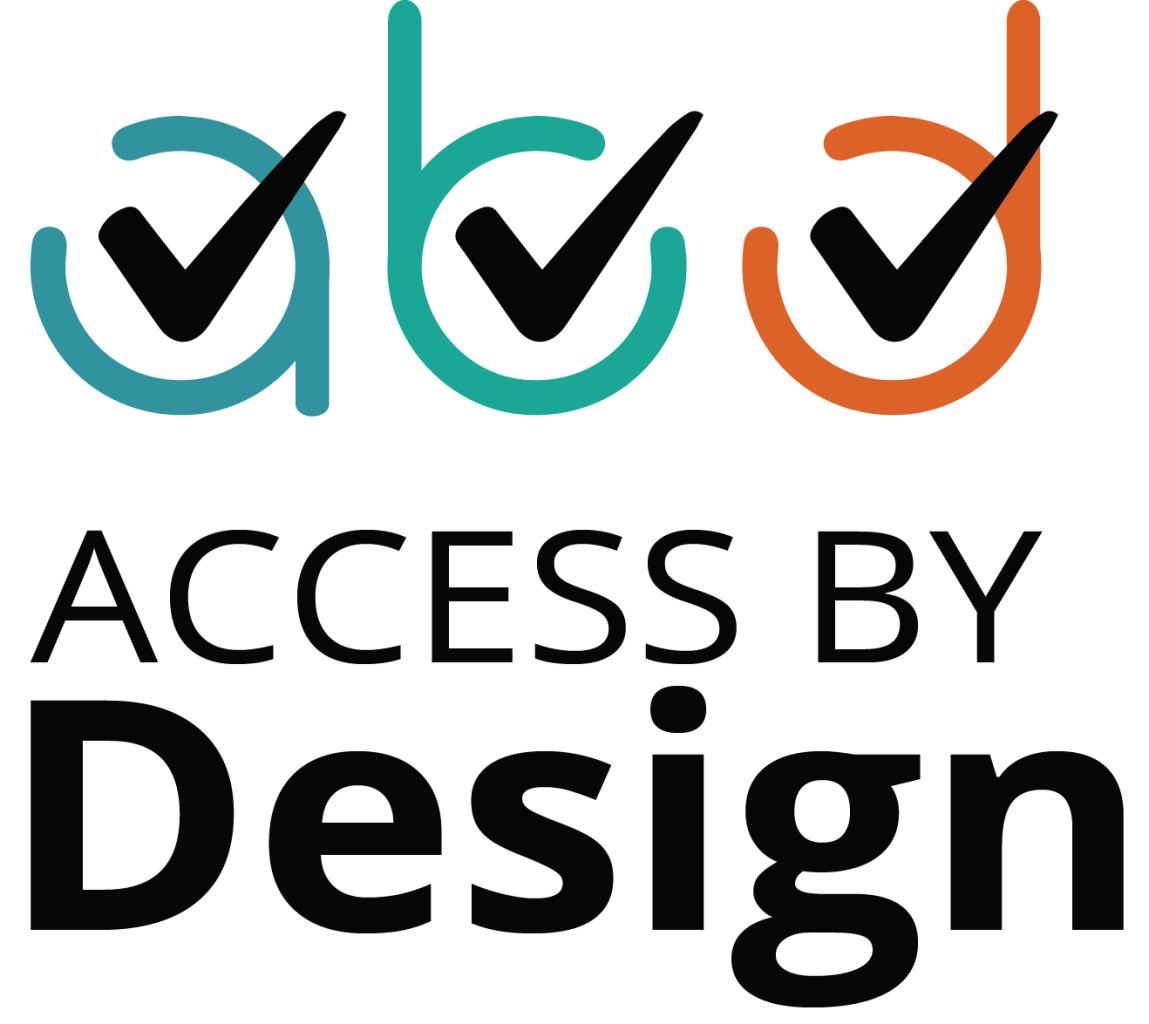Is Your Fintech App Accidentally Turning Customers Away? 3 Simple Lessons to Welcome Them In

You've spent a small fortune on your new app.
The design is sleek. The features are cutting-edge. You’ve followed all the best practices.
And yet, a nagging question remains:
Are you leaving money on the table?
Are there customers who land on your app, feel overwhelmed, and quietly leave, never to return?
For millions of people with disabilities, the answer is yes.
I recently reviewed feedback from five people with different disabilities about their digital banking experiences, and their stories aren’t niche anomalies.
They're a masterclass in how small design flaws create huge barriers, and how fixing them creates a better product for everyone.
Now, a company like BankAbility shows us how it’s done.
By studying what they get right, we can pull a powerful lesson: making things accessible is one of the smartest business decisions you’ll ever make.
But first, here are 3 key takeaways your business can adopt immediately.
Key Takeaways for Your Business:
- Simplicity is power: A clean design lowers confusion, which means happier customers and fewer support calls.
- Inclusive features scale: Tools built for accessibility often become beloved by your entire user base.
- Respect builds loyalty: When customers feel seen and valued, you build powerful trust and make them want to choose you. And stay with you.
The 3 lessons below are more than just a business strategy.
They're a blueprint for building a more inclusive product, earning unbreakable trust, and genuinely connecting with all your customers.
Lesson 1: Could a simpler design be your most profitable feature?
Have you ever opened an app and felt a wave of confusion?
A jumble of tiny numbers, confusing charts, and too many buttons?
Alex, a speaker with Asperger's, explains:
The problem is a lack of clarity. In his banking app, money coming in and money going out are in the same column, distinguished only by a light blue font.
This simple design choice makes it incredibly difficult to track payments.
Worse, the search function is so frustrating that he often gives up.
He says: "This is extremely annoying and often results in me just giving up...or I have to wait till I am on my pc."
What does this mean for you?
When Alex "gives up," you experience a failed customer interaction.
And, you create a negative brand experience.
But a simple, intuitive design can have a direct impact on your bottom line by:
- Reducing user errors and frustration.
- Building user confidence and task completion.
- Dramatically cutting down on the number of people who, like Alex, abandon the task entirely.
The truth is, nobody, not even your most tech-savvy power user, enjoys being confused.
So, when an app like BankAbility uses a clean, simple interface, it’s not "dumbing down" the experience.
It's making it frictionless. It's a gesture of respect for the user's time and attention.
Imagine what you could do with the time and money you save.
That’s the power of daring to be simple.
Lesson 2: What do a new parent and a busy professional have in common?
The surprising answer: they both benefit when you design for accessibility.
Consider the experience of Kris, an office manager with Down Syndrome.
He used to struggle to remember his login details, making it hard to manage his own money. Now, he uses Face Recognition on his iPhone.
For Kris, this isn't a cool gadget; it's a life-changing key to independence.
But who else uses face recognition?
- The new parent who needs to log in with one hand while holding a baby.
- The busy professional who values the speed and security of logging in with a glance.
Do you see what happens?
A feature that is essential for Kris is a delight for everyone else.
And this is why consistent accessibility matters.
Because, despite this great feature, Kris was forced to go to the bank in person for what he considers basic tasks, like deleting an old payee from his account.
Yes, the bank solved a complex problem (authentication), but it failed on a simple one—basic account management.
What does this mean for you?
Inclusive features are often your most innovative features.
And, accessibility isn't a one-and-done checklist.
You must apply it to every single customer journey, from logging in to completing a basic transaction.
Lesson 3: What if your best feature isn't a feature at all?
It's a crowded market, and everyone competes on features. But one thing stands out: trust.
For Krishna, a scientific researcher with ADHD and dyslexia, this is a daily reality.
He describes most banking apps as a "distracting minefield that overwhelms when trying to find simple things."
The best "feature" you can possibly offer is the feeling of being seen, respected, and cared for.
When you invest in making your products truly accessible, you send a powerful, unspoken message:
"We see you. We value you. We believe you deserve a stress-free experience."
This is how you turn a casual customer into a passionate advocate for your brand.
Now, they won't just use your app; they'll shout about it to their friends. They will defend you. They will become your most effective and authentic marketing team.
Your next step doesn't have to be complicated
Hearing the stories of Kris, Krishna, and Alex might feel overwhelming.
It might seem like the solutions are complex, technical, and expensive.
They're not.
BankAbility can help make online banking accessible, proving it’s possible to get it right.
They focus on simple design, inclusive features, and building trust through accessibility—and their users benefit across the board.
Your journey can start the same way.
One clear, thoughtful improvement at a time.
Each step reduces friction, delights users, strengthens trust, and protects your brand.
Are you worried your strategy is chug-chugging in place?
Grab my accessibility checklist straight to your inbox and automatically join Disability Tidbits—a bi-weekly newsletter packed with inclusivity tips to help you keep moving forward.

